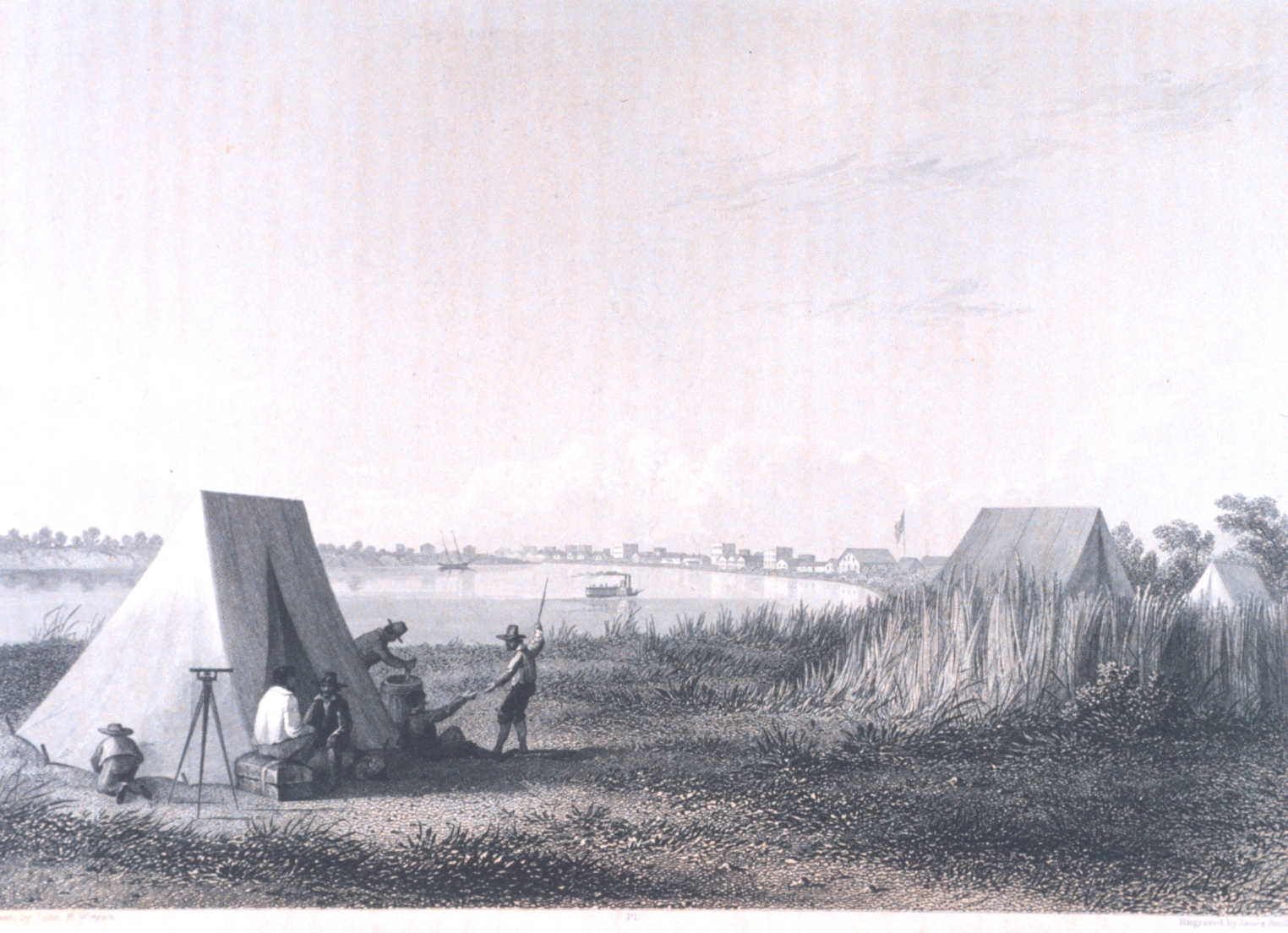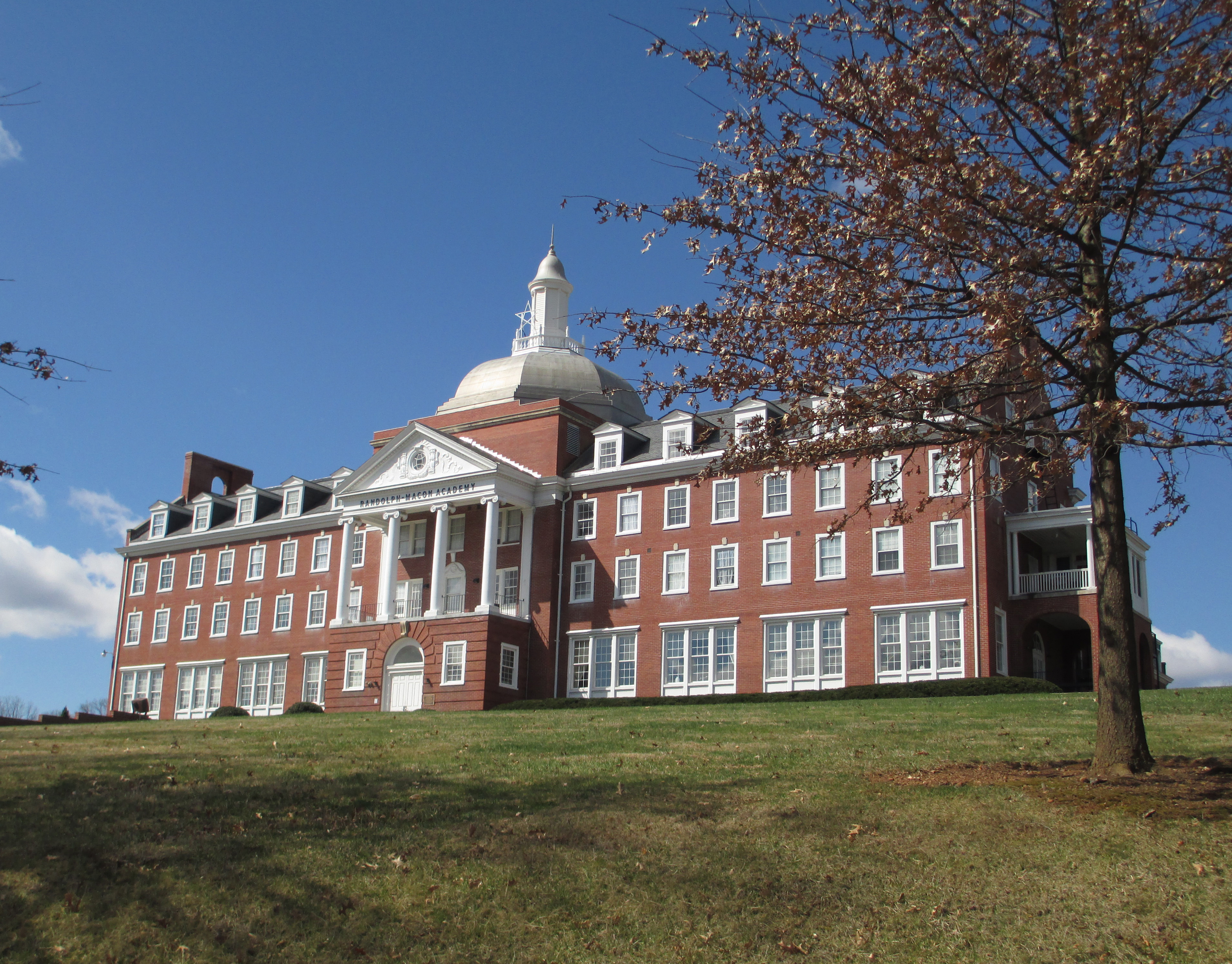|
Robert Franklin Leedy
Robert Franklin Leedy (28 July 1863 – 12 January 1924) was a lawyer, soldier, and Virginia state legislator. Early life and education Robert Franklin Leedy was born at Leedy's Pump, Rockingham County, Virginia, a son of John (1826–1889) and Sarah Ann Mauck Leedy (1830–1896). At the time of R.F. Leedy's birth, his father was on detailed service from the Confederate army to conduct farming operations. John Leedy served one year in the 10th Virginia Infantry before being detailed to this service. Like his father, Robert was initially a farmer, working on the family farm until the age of 22. He received a basic education in the common schools of his county of birth. Career After leaving home at the age of 22, Leedy spent the next three years mining and railroading. He returned to the family farm when he was about 25. On 27 March 1890, Leedy married Emma Cathrine Keister, a daughter of Martin and Elizabeth Keister. Shortly after marrying, the new couple relocated to B ... [...More Info...] [...Related Items...] OR: [Wikipedia] [Google] [Baidu] |
Rockingham County, Virginia
Rockingham County is a county located in the U.S. state of Virginia. As of the 2020 census, the population was 83,757. Its county seat is the independent city of Harrisonburg. Along with Harrisonburg, Rockingham County forms the Harrisonburg, VA, Metropolitan Statistical Area. It is also home of the Rockingham County Baseball League. History Settlement of the county began in 1727, when Adam Miller (Mueller) staked out a claim on the south fork of the Shenandoah River, near the line that now divides Rockingham County from Page County. On a trip through eastern Virginia, the German-born Miller had heard reports about a lush valley to the west which had been discovered by Governor Alexander Spotswood's legendary Knights of the Golden Horseshoe Expedition, and then moved his family down from Lancaster County, Pennsylvania. In 1741, Miller purchased , including a large lithia spring, near Elkton, Virginia, and lived on this property for the remainder of his life. Much-increased ... [...More Info...] [...Related Items...] OR: [Wikipedia] [Google] [Baidu] |
Brownsville, Texas
Brownsville () is a city in Cameron County in the U.S. state of Texas. It is on the western Gulf Coast in South Texas, adjacent to the border with Matamoros, Mexico. The city covers , and has a population of 186,738 as of the 2020 census. It is the 139th-largest city in the United States and 18th-largest in Texas. It is part of the Matamoros–Brownsville metropolitan area. The city is known for its year-round subtropical climate, deep-water seaport, and Hispanic culture. The city was founded in 1848 by American entrepreneur Charles Stillman after he developed a successful river-boat company nearby. It was named for Fort Brown, itself named after Major Jacob Brown, who fought and died while serving as a U.S. Army soldier during the Mexican–American War (1846–1848). As a county seat, the city and county governments are major employers. Other primary employers fall within the service, trade, and manufacturing industries, including a growing aerospace and space transpor ... [...More Info...] [...Related Items...] OR: [Wikipedia] [Google] [Baidu] |
Women's Suffrage In The United States
In the 1700's to early 1800's New Jersey did allow Women the right to vote before the passing of the 19th Amendment, but in 1807 the state restricted the right to vote to "...tax-paying, white male citizens..." Women's legal right to vote was established in the United States over the course of more than half a century, first in various states and localities, sometimes on a limited basis, and then nationally in 1920 with the passing of the 19th Amendment. The demand for women's suffrage began to gather strength in the 1840s, emerging from the broader movement for women's rights. In 1848, the Seneca Falls Convention, the first women's rights convention, passed a resolution in favor of women's suffrage despite opposition from some of its organizers, who believed the idea was too extreme. By the time of the first National Women's Rights Convention in 1850, however, suffrage was becoming an increasingly important aspect of the movement's activities. The first national suffrage ... [...More Info...] [...Related Items...] OR: [Wikipedia] [Google] [Baidu] |
Prohibition
Prohibition is the act or practice of forbidding something by law; more particularly the term refers to the banning of the manufacture, storage (whether in barrels or in bottles), transportation, sale, possession, and consumption of alcoholic beverages. The word is also used to refer to a period of time during which such bans are enforced. History Some kind of limitation on the trade in alcohol can be seen in the Code of Hammurabi (c. 1772 BCE) specifically banning the selling of beer for money. It could only be bartered for barley: "If a beer seller do not receive barley as the price for beer, but if she receive money or make the beer a measure smaller than the barley measure received, they shall throw her into the water." In the early twentieth century, much of the impetus for the prohibition movement in the Nordic countries and North America came from moralistic convictions of pietistic Protestants. Prohibition movements in the West coincided with the advent of women's su ... [...More Info...] [...Related Items...] OR: [Wikipedia] [Google] [Baidu] |
Hay Army Bill
Hay is grass, legumes, or other herbaceous plants that have been cut and dried to be stored for use as animal fodder, either for large grazing animals raised as livestock, such as cattle, horses, goats, and sheep, or for smaller domesticated animals such as rabbits and guinea pigs. Pigs can eat hay, but do not digest it as efficiently as herbivores do. Hay can be used as animal fodder when or where there is not enough pasture or rangeland on which to graze an animal, when grazing is not feasible due to weather (such as during the winter), or when lush pasture by itself would be too rich for the health of the animal. It is also fed when an animal is unable to access pasture—for example, when the animal is being kept in a stable or barn. Composition Commonly used plants for hay include mixtures of grasses such as ryegrass (''Lolium'' species), timothy, brome, fescue, Bermuda grass, orchard grass, and other species, depending on region. Hay may also include legumes, s ... [...More Info...] [...Related Items...] OR: [Wikipedia] [Google] [Baidu] |
James Hay (politician)
James Hay (January 9, 1856 – June 12, 1931) served in both houses of the Virginia General Assembly, was a United States representative from Virginia and a judge of the Court of Claims. Education and career Born on January 9, 1856, in Millwood, Clarke County, Virginia, Hay attended private schools, then the University of Pennsylvania and received a Bachelor of Laws in 1877 from the Washington and Lee University School of Law. He was a teacher in Harrisonburg, Virginia from 1877 to 1879. He was admitted to the bar and entered private practice in Harrisonburg from 1877 to 1879. He continued private practice in Madison, Virginia from 1879 to 1897. He was a commonwealth attorney for Madison County, Virginia from 1883 to 1896. He was a member of the Virginia House of Delegates from 1885 to 1891, representing Greene County and Madison County. He was a member of the Senate of Virginia from 1893 to 1897, representing Culpeper County, Rappahannock County, Madison County and Orange ... [...More Info...] [...Related Items...] OR: [Wikipedia] [Google] [Baidu] |
Clarke County, Virginia
Clarke County is a county in the Commonwealth of Virginia. As of the 2020 census, the population was 14,783. Its county seat is Berryville. Clarke County is included in the Washington-Arlington-Alexandria, DC-VA-MD-WV Metropolitan Statistical Area. History The first settlement of the Virginia Colony in the future Clarke County was in 1736 by Thomas Fairfax, 6th Lord Fairfax of Cameron who built a home, Greenway Court, on part of his property, near what is now the village of White Post. White Post was named for the large signpost pointing the way to Lord Fairfax's home. As it lay just west of the Blue Ridge border demarcated under Governor Spotswood at Albany in 1722, the area was claimed along with the rest of the Shenandoah Valley by the Six Nations Iroquois (who had overrun it during the later Beaver Wars in around 1672), until the Treaty of Lancaster in 1744, when it was purchased from them by Governor Gooch. Many of the early settlers of what became Clarke County were ... [...More Info...] [...Related Items...] OR: [Wikipedia] [Google] [Baidu] |
Warren County, Virginia
Warren County is a U.S. county located in the Commonwealth of Virginia. The 2020 census places Warren County within the Washington-Arlington-Alexandria, DC-VA-MD-WV Metropolitan Statistical Area with a population of 40,727. The county seat is Front Royal. History By 1672 the entire Shenandoah Valley was claimed for hunting by the Iroquois Confederation following the Beaver Wars. Some bands of the Shawnee settled in the area as client groups to the Iroquois and alternately to the Cherokee after 1721. The Iroquois formally sold their entire claim east of the Alleghenies to the Virginia Colony at the Treaty of Lancaster in 1744. Warren County was established in 1836 from Frederick and Shenandoah counties. At that time the county had a population of 7,000 people, a quarter of which were enslaved. Wedding records show marriages of people born in the 1770s marrying in the 1800s who head households of four to eight "free colored" so the early demographics of the population are uncl ... [...More Info...] [...Related Items...] OR: [Wikipedia] [Google] [Baidu] |
Senate Of Virginia
The Senate of Virginia is the upper house of the Virginia General Assembly. The Senate is composed of 40 senators representing an equal number of single-member constituent districts. The Senate is presided over by the lieutenant governor of Virginia. Prior to the American War of Independence, the upper house of the General Assembly was represented by the Virginia Governor's Council, consisting of up to 12 executive counselors appointed by the colonial royal governor as advisers and jurists. The lieutenant governor presides daily over the Virginia Senate. In the lieutenant governor's absence, the president pro tempore presides, usually a powerful member of the majority party. The Senate is equal with the House of Delegates, the lower chamber of the legislature, except that taxation bills must originate in the House, similar to the federal U.S. Congress. Members of the Virginia Senate are elected every four years by the voters of the 40 senatorial districts on the Tuesday succeed ... [...More Info...] [...Related Items...] OR: [Wikipedia] [Google] [Baidu] |
Democratic Party (United States)
The Democratic Party is one of the two major contemporary political parties in the United States. Founded in 1828, it was predominantly built by Martin Van Buren, who assembled a wide cadre of politicians in every state behind war hero Andrew Jackson, making it the world's oldest active political party.M. Philip Lucas, "Martin Van Buren as Party Leader and at Andrew Jackson's Right Hand." in ''A Companion to the Antebellum Presidents 1837–1861'' (2014): 107–129."The Democratic Party, founded in 1828, is the world's oldest political party" states Its main political rival has been the Republican Party since the 1850s. The party is a big tent, and though it is often described as liberal, it is less ideologically uniform than the Republican Party (with major individuals within it frequently holding widely different political views) due to the broader list of unique voting blocs that compose it. The historical predecessor of the Democratic Party is considered to be th ... [...More Info...] [...Related Items...] OR: [Wikipedia] [Google] [Baidu] |
29th Infantry Division (United States)
The 29th Infantry Division (29th ID), also known as the "Blue and Gray Division", is an infantry division (military), division of the United States Army based in Fort Belvoir, Virginia. It is currently a formation (military), formation of the U.S. Army National Guard and contains units from Virginia, Maryland, Kentucky, North Carolina, South Carolina and West Virginia. Formed in 1917, the division deployed to France as a part of the American Expeditionary Force during World War I. Called up for service again in World War II, the division's 116th Regiment, attached to the 1st Infantry Division (United States), First Infantry Division, was in the first wave of troops ashore during Normandy landings, Operation Neptune, the landings in Normandy, France. It supported a special Ranger unit tasked with clearing strong points at Omaha Beach. The rest of the 29th ID came ashore later, then advanced to Saint-Lô, and eventually through France and into Germany. Following the end of World ... [...More Info...] [...Related Items...] OR: [Wikipedia] [Google] [Baidu] |
116th Infantry Regiment (United States)
The 116th Infantry Regiment is an infantry regiment in the Virginia Army National Guard. The regiment was formed as part of the Virginia Militia. It is one of several National Guard units with colonial roots. Units in its lineage included the Confederate Stonewall Brigade of the Army of Northern Virginia. It was formed under the designation of the 116th during World War I, when previously existing Virginia National Guard units were consolidated in federal service. It fought in the Meuse-Argonne Offensive with the 29th Infantry Division and returned to the United States in 1919, where it was demobilized. It was reformed in 1922 and called back into federal service before the American entry into World War II in March 1941. It fought in the Normandy landings, on Omaha Beach, where it suffered heavy casualties. It served continuously with the 29th Infantry Division in its eastward advance until reaching the Elbe at the end of World War II in Europe. The regiment was inactiv ... [...More Info...] [...Related Items...] OR: [Wikipedia] [Google] [Baidu] |






